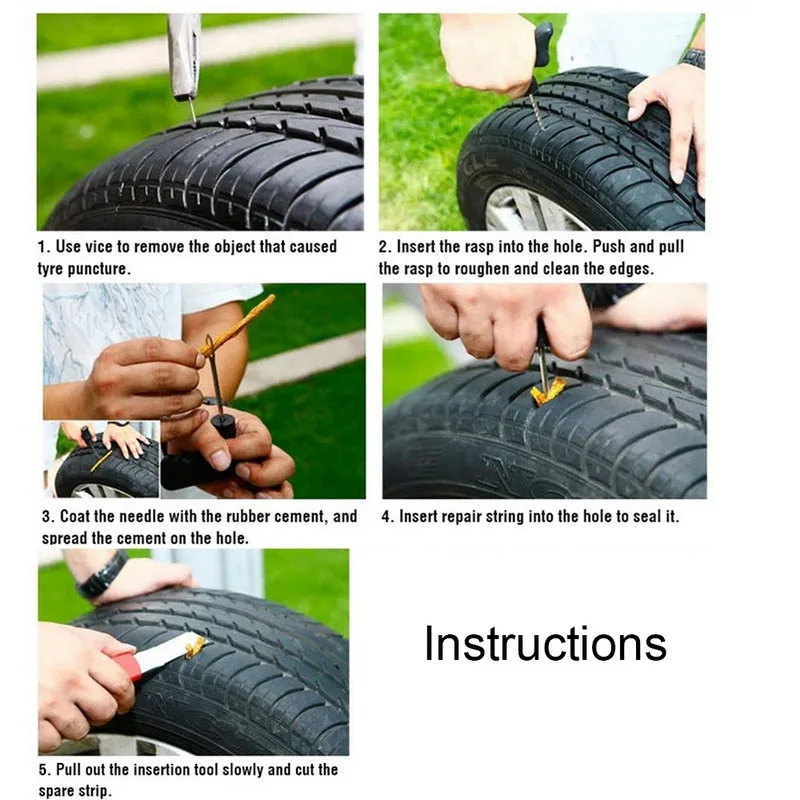JavaScript is disabled in your browser. For our website to function properly, you must enable JavaScript. If you do not enable JavaScript, certain features will not function correctly.
Store HoursToday: 08:00 am - 05:30 pm Closed Now
254-616-1659
97% of customers
would refer us to friends
4.94 stars - based on 276 reviews
254-616-1659
Phil's Service
503 S 2nd St
Killeen, TX 76541
05
Feb,
2018
Some of us can remember the days before tire plugs and a patch was the most common repair for a punctured tire. But times have changed and patches are not the only fix for flat tires. For those lucky few whose tire repairs required a patch or plug rather than a complete tire replacement, you might be wondering "How long does a patch last in a tire?"
First, it's important to understand whether your tire needs a patch, plug, or to be replaced completely.A tire plug is a sticky, expandable substance that gets stuffed in a hole in the tire from the outside and is wedged in until the air stops leaking out. The plug should easily stay intact well enough to re-inflate the tire and get safely to a repair shop.
Most tire repair specialists feel there is a better option for plugging tires. It's called a radial patch. Radial patches are specifically designed to repair radial tires which are used on most of the vehicles on the road today. Patching a tire with a radial patch can take about 20 to 30 minutes while installing a plug takes only a few minutes and usually can be done while the tire is still on the car. Often, it is necessary to vulcanize the tire patch, a process which uses heat and curing agents to reinforce the rubber of your tire.
Secondly, how long does a patch last in a tire?On average, tire experts predict that a proper plug and patch can last from seven to ten years. Although tire patches can last a long time, a tire should never be patched more than once. It can negatively affect the speed rating and potentially cause blowouts.
Although tire patches can last a long time, a tire should never be patched more than once. It can negatively affect the speed rating and potentially cause blowouts.
Whenever your tire becomes punctured and requires a repair, consult your tire service center and let them determine what type of repair is needed and what is best for the life of your tires.
Want to know more about how to save your tires? Contact our ASE Certified technicians at Phil's Service today for more information about tire repair and to schedule an appointment. Our auto shop proudly serves residents in the community of Killeen, TX, and surrounding area.
Wondering how long does a patch last in a tire? To find out more about tire repairs you might need to save your tires, Contact tire experts at Phil's Service
Some of us can remember the days before tire plugs and a patch was the most common repair for a punctured tire. But times have changed and patches are not the only fix for flat tires.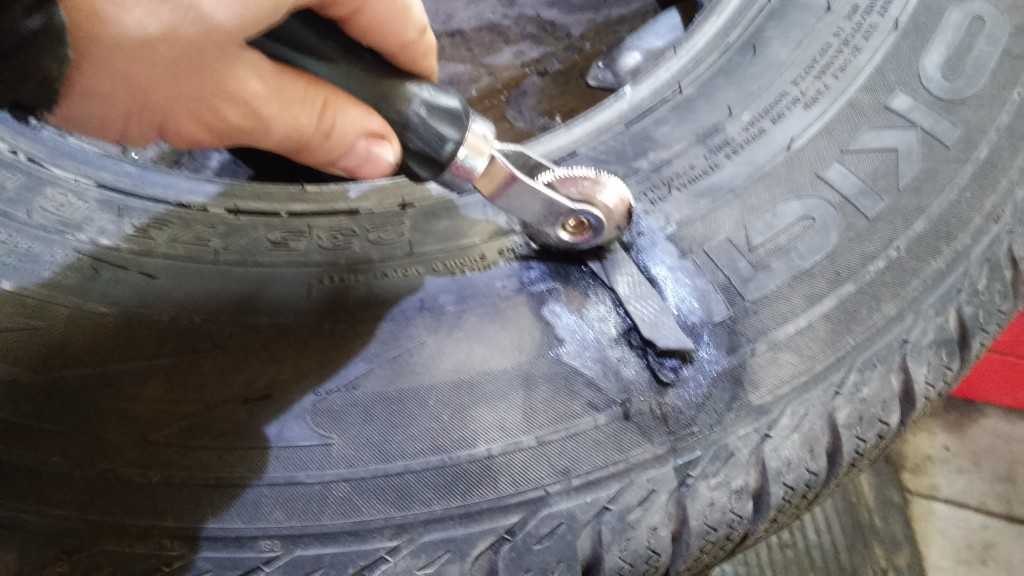 For those lucky few whose tire repairs required a patch or plug rather than a complete tire replacement, you might be wondering "How long does a patch last in a tire?"
For those lucky few whose tire repairs required a patch or plug rather than a complete tire replacement, you might be wondering "How long does a patch last in a tire?"
A tire plug is a sticky, expandable substance that gets stuffed in a hole in the tire from the outside and is wedged in until the air stops leaking out. The plug should easily stay intact well enough to re-inflate the tire and get safely to a repair shop.
Most tire repair specialists feel there is a better option for plugging tires. It's called a radial patch. Radial patches are specifically designed to repair radial tires which are used on most of the vehicles on the road today. Patching a tire with a radial patch can take about 20 to 30 minutes while installing a plug takes only a few minutes and usually can be done while the tire is still on the car. Often, it is necessary to vulcanize the tire patch, a process which uses heat and curing agents to reinforce the rubber of your tire.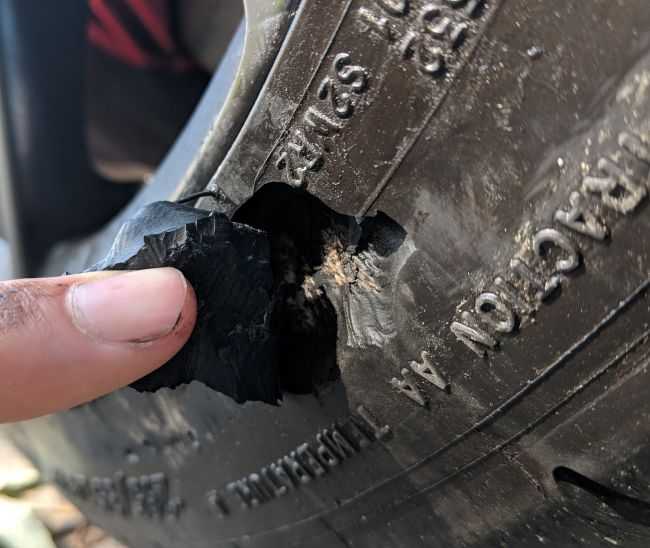
On average, tire experts predict that a proper plug and patch can last from seven to ten years. Although tire patches can last a long time, a tire should never be patched more than once. It can negatively affect the speed rating and potentially cause blowouts.
Whenever your tire becomes punctured and requires a repair, consult your tire service center and let them determine what type of repair is needed and what is best for the life of your tires.
Want to know more about how to save your tires? Contact our ASE Certified technicians at Phil's Service today for more information about tire repair and to schedule an appointment. Our auto shop proudly serves residents in the community of Killeen, TX, and surrounding area.
Ron Phillips
Ron Phillips
 com
comMon:08:00am - 05:30pm
Tue:08:00am - 05:30pm
Wed:08:00am - 05:30pm
Thu:08:00am - 05:30pm
Fri:08:00am - 05:30pm
Sat:Closed
Sun:Closed
Facebook Blog Google Instagram Yelpamerican express, mastercard, visa, discover, cash, napa easypay, direct debit, voyager network, ari, wex fleet, easypay, voyager, wex
I have a leak in my tire and I would rather fix it myself, but I don’t want to have to work on it for hours and hours. How long would it take me to patch my car tire?
Liz Jenson · Answered on Nov 29, 2021
Reviewed by Shannon Martin, Licensed Insurance Agent.
Even for the novice repairer, patching a car tire should only take 20 to 30 minutes.
However, more severe leaks or holes may require a tire plug, which is a sticky substance that is pushed into the hole and differs from a patch. Installing a tire plug only takes a few minutes.
Installing a tire plug only takes a few minutes.
Keep in mind that tire patches can last for seven to 10 years, but you should never patch a tire more than once. Doing so increases your risk of a blowout and can even slow your car’s driving speed.
Since you’re taking the time to repair your tire yourself, why not take an extra minute to save on your car insurance policy? The Jerry app makes finding the best insurance rates quick and easy! Just download the app and answer a few questions to see a comprehensive cross-analysis of the best car insurance policies from over 50 top providers.
MORE: Will insurance cover a flat tire?
Car MaintenanceCar RepairCar Tires
View full answer
WHY YOU CAN TRUST JERRY
Jerry partners with more than 50 insurance companies, but our content is independently researched, written, and fact-checked by our team of editors and agents.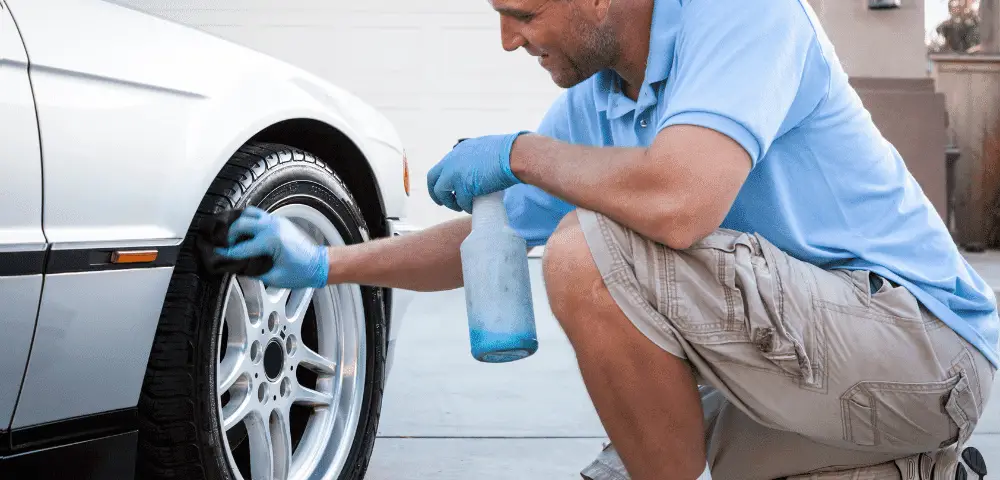 We aren’t paid for reviews or other content.
We aren’t paid for reviews or other content.
Browse More Content
Suspension Spring Coil Replacement
Car Having Difficulty Starting Inspection
Throttle Body Replacement
Exhaust Gas Recirculation/EGR Valve Replacement Cost Estimate
Hazard/Turn Signal Flasher Replacement Cost Estimate
Mazda B2300 Insurance Cost
Toyota Corolla Matrix Xr Insurance Cost
Ford Fusion Se Insurance Cost
Land Rover Lr3 Se Insurance Cost
Volkswagen Jetta Sport Insurance Cost
East Bernard Car Insurance
Lipan Car Insurance
Webbville Car Insurance
Nesbit Car Insurance
Carmichael Car Insurance
I want to rent a car through Turo for a road trip, but I'm not sure what happens if we break down.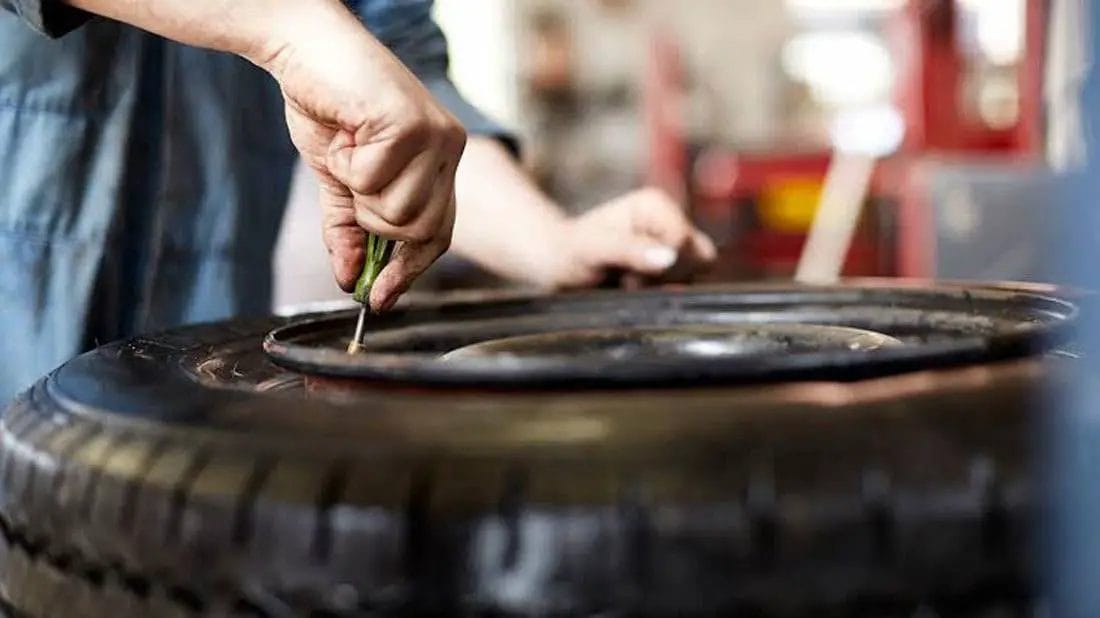 Does Turo offer roadside assistance?
Does Turo offer roadside assistance?
Eric Schad
Nov 29, 2021
I’m studying overseas for the semester and my parents offered to let me store my car in their driveway. I’m worried that it will rust since it’s uncovered. How much time needs to pass before a car rusts?
Liz Jenson
Nov 29, 2021
I've been looking at used cars, and the value drops exponentially at the 10-year mark. Is it worth it to buy a car this old?
Eric Schad
Oct 29, 2021
Browse All Questions
Eco mode is a driving mode intended to maximize efficient performance in order to improve fuel economy. Learn how it works here.
Melanie Krieps Mergen
Oct 31, 2022
If your car won’t start, it could be due to a weak battery, a busted starter, faulty electrical connection, bad spark plugs—or you might just be out of fuel.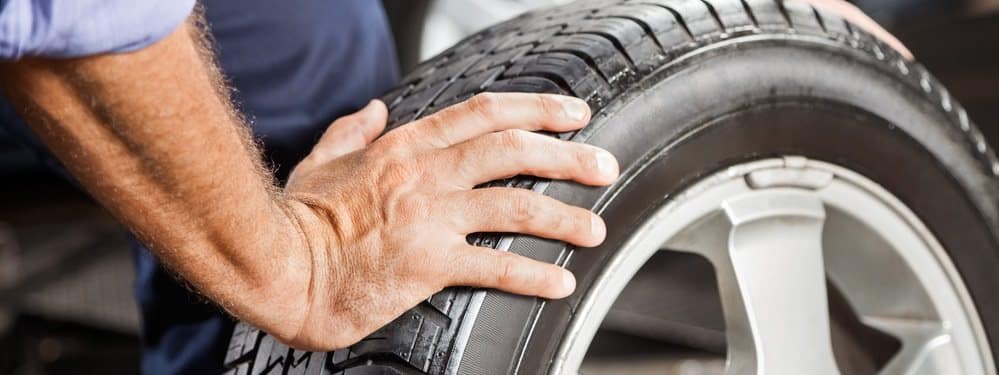
Melanie Krieps Mergen
Aug 30, 2021
Progressive
Homeowners Insurance
Property Protection Insurance
Personal Injury Protection (PIP)
Valuable Articles Insurance
Drivers Licenses
Second Car
Actual Cash Value
Costco Insurance
Car Brands
Aston Martin
North Carolina
Car Accessories
Liability Coverage
Title Transfers
All-Wheel Drive (AWD)
Eco Friendly Cars
Hybrid Cars
Toyota Prius
Car Leasing
Non Owner Car Insurance
Gross Vehicle Weight Rating
Car Title
Personal Liability
No long forms
No spam or unwanted phone calls
Quotes from top insurance companies
Find insurance savings — it's 100% free
Toyota
Hyundai
Mercedes-Benz
Subaru
Chevrolet
Mitsubishi
Category: Operation and maintenance
Article reading time: 5 minutes
Bookmark this
A car tire has a complex structure and a specific rubber compound that protects the tire from impacts and retains its shape under high loads.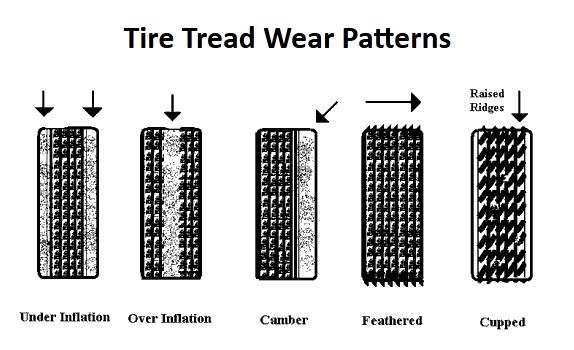 The design of the wheel consists of several strength frames - metal wire and nylon thread, they keep the rubber on the trajectory during intense and dangerous driving. nine0003
The design of the wheel consists of several strength frames - metal wire and nylon thread, they keep the rubber on the trajectory during intense and dangerous driving. nine0003
Any kind of damage can result in negative consequences that will affect driving safety and stability on the road. And if the majority of punctures can be repaired in the service or repaired by oneself, then the side cut of the tire often forces one to resort to a complete tire replacement. Riding on damaged tires in the usual mode is extremely dangerous. How to fix a tire so that you can ride comfortably without consequences, and is it possible to seal or repair a cut tire? We will answer these and other relevant questions for motorists in this material. nine0003
Modern services can repair a tire after a front or side puncture. You can repair a tire, thanks to the universal set of a motorist, with your own hands. It is enough to seal the hole with a special tourniquet.
Is this type of damage dangerous and should it be replaced? Only the master can unambiguously answer the question, having studied the lateral damage. The specialist will determine the nature of the puncture that needs to be repaired and offer a complete tire replacement or repair. It is inexpedient and dangerous to close up a large puncture, due to which the tire is deformed. nine0003
To determine how to close a side cut, you need to study the type of damage:
Sealing a cut on a tire is much more difficult than a normal repair, so it is often necessary to perform an involuntary replacement of tires. Repairing the wheel is impossible due to side wires and threads that break under side load. Taping and repairing lateral damage will not help repair the threads. Any obstacle or potential contact with a bump at high speed will have the adverse effect of bursting the tire due to the load, resulting in a dangerous loss of control. nine0003
Taping and repairing lateral damage will not help repair the threads. Any obstacle or potential contact with a bump at high speed will have the adverse effect of bursting the tire due to the load, resulting in a dangerous loss of control. nine0003
A side puncture is less dangerous than a longitudinal cut. However, not every defect requires replacement. Masters will be able to repair tires if the deformed area placed along the carcass threads does not exceed 50 mm. The possibility of repair is also available if the side cut located across the tire threads is less than 30 mm. However, we do not recommend doing repairs in this case with your own hands. To preserve the protective properties and avoid possible negative consequences, it is necessary to use professional equipment. nine0003
Should cuts be repaired? A popular question for motorists who are faced with a choice is whether to seal a defect or replace a wheel. The possible consequences of cuts scare car owners, but do-it-yourself repairs are more attractive because they are cheaper than buying fresh tires.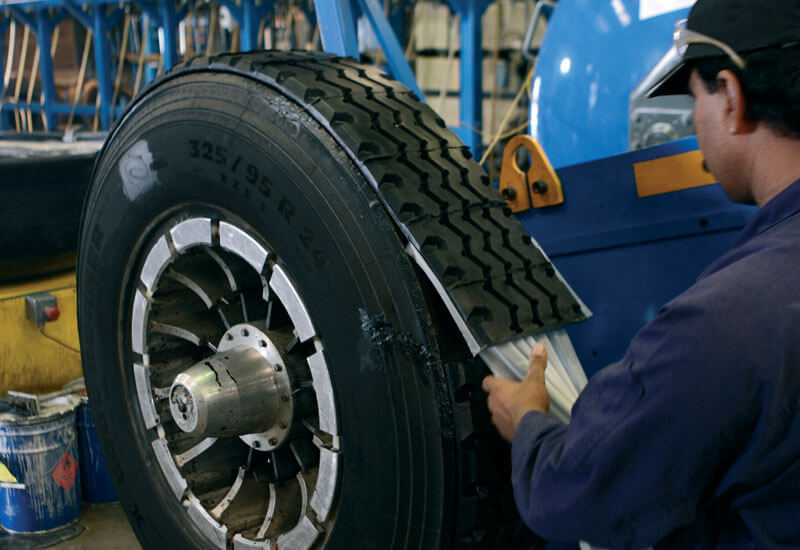
To avoid dangerous consequences, sealing small and large side cuts is prohibited if more than 10 cords are to be repaired and a hole larger than 30 mm is to be patched. It is possible to repair tires for passenger cars with a side cut of the tire if it is a shallow scratch. nine0003
Driving with a cut in a tire is not safe. The degree of risk depends on the nature of the damage and the experience of the specialist who will seal the seam. Before sealing the hole with your own hands or entrusting a restoration to a specialist, you should examine the lateral damage. Manufacturers recommend replacing tires if it is necessary to seal 20 mm or more. However, if it is possible to change a wheel, the opportunity should be taken as soon as possible. Since even a small defect is dangerous during the trip. During operation, a hernia is formed, which explodes if timely replacement is not made. If you drive on a tire with a side cut for a long time and do not do repairs in the service or with your own hands, there is a high risk of getting into an accident. nine0003
nine0003
In order to strengthen the structure of tires, manufacturers add several layers of metal cord to models. Also on the market there is a fabric cord, which includes fibers from nylon, which allows you to increase the strength of rubber. Therefore, in order to seal the tire in the service or repair it yourself in case of a puncture, it is necessary to use high-quality materials. If the recommendations for replacement are not followed, there is a high risk of dangerous and unpredictable consequences.
Winter Drive protection
Tires Goodyear UltraGrip Arctic 2 SUV
Winter Drive Protection Sound Comfort
Rating:
4.5
Tires Goodyear UltraGrip Ice 2
Winter Drive protection
Tires Goodyear UltraGrip Performance+ SUV
Winter Drive protection
Tires Goodyear UltraGrip Arctic 2
Winter Drive Protection Run On Flat Sound Comfort
nine0002 Tires Goodyear UltraGrip Performance+ To accurately assess the effects of tire deformation, before repairing a tire, contact a specialized center. The masters will figure out whether it is possible to continue driving a car or whether it is worth replacing the rubber. The main inspection criterion is the width of the seam that needs to be repaired. It should be borne in mind that it is dangerous to close up and seal holes with a width of more than 40 mm with rubber mixtures. nine0003
The masters will figure out whether it is possible to continue driving a car or whether it is worth replacing the rubber. The main inspection criterion is the width of the seam that needs to be repaired. It should be borne in mind that it is dangerous to close up and seal holes with a width of more than 40 mm with rubber mixtures. nine0003
If the craftsmen decide to restore the tire and make a patch, then the restoration process includes the following steps:

The decision to patch should be made by experienced professionals who will be able to advise whether to patch or replace tires. Restoration of rubber, despite the observance of technology, cannot restore the original properties of the carcass, so you should drive carefully on such rubber. nine0003
It is also worth considering that if you do the restoration of a tire, it is necessary to break in before active operation. To avoid negative consequences, we do not recommend moving at high speeds.
Author of the article: Goodyear team
Photo: Mikhail Tereshchenko / TASS
adv.rbc.ru
See also
Nail, rebar or sharp stone - sometimes you can damage a tire almost from scratch. First of all, the scale of damage is important, and often rubber can still be repaired. Most often, motorists turn to tire shops for repairs in the middle of autumn or spring - just in the season of replacing summer tires with winter tires and vice versa.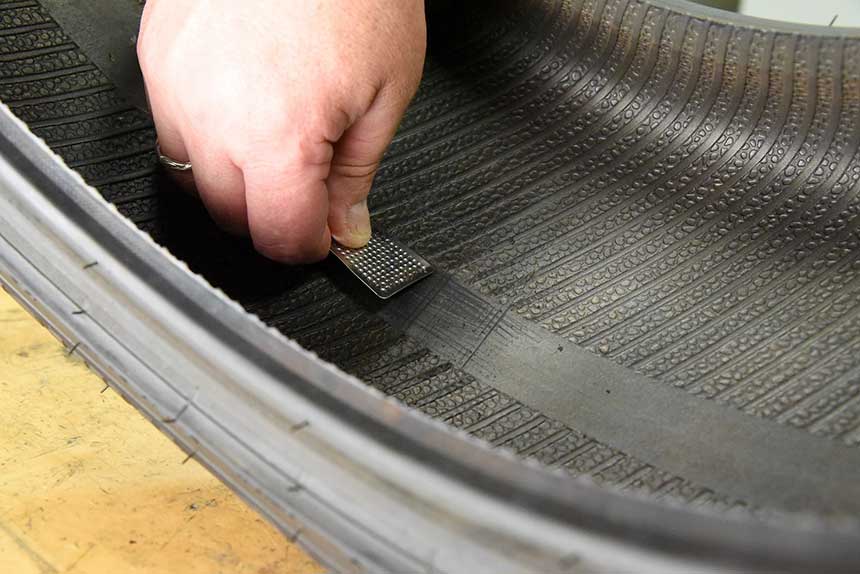 In order not to stand in lines, it is worth knowing exactly when to go to the tire shop and when to go to the store. nine0003
In order not to stand in lines, it is worth knowing exactly when to go to the tire shop and when to go to the store. nine0003
The most common "injury" to rubber is a puncture, and it can most often be repaired. Professionals in the nearest service will do it much faster, and your hands will remain clean. But if the puncture caught you in a deserted place, and there is a pump and a tire repair kit with harnesses in the trunk, you can patch up the tire yourself. Most often, when repairing the front tires, the wheel can not even be removed, it is enough to turn the steering wheel in the right direction and find the puncture site.
First, the hole is cleaned with a helical awl, the repair harness is smeared with glue and tucked into the eye of the awl, after which it is inserted into the tire hole. With a sharp movement, the tool is removed, and the tourniquet remains inside and securely clogs the hole. The tails are cut with a knife, but it is recommended to leave about 20 mm. After that, the tire can be inflated and the pressure checked. nine0003
After that, the tire can be inflated and the pressure checked. nine0003
Repair with tourniquets is not considered long-term, because after some time they dry out and begin to let air through. A more advanced puncture repair method is vulcanization. The hole is sealed with an elastic patch, and the funnel at the puncture site is filled with a special compound. A vulcanizer is put on top, which heats the patch and solders the excess.
Under service conditions, the puncture is also repaired with cord fungus. The puncture site is processed and drilled to roughen. Everything is smeared with glue, after which a fungus is introduced from the inside of the tire, its cap is rolled, and the excess legs are cut off from the outside. nine0003
Photo: PA Images / TASS
A puncture can also be repaired with sealant. Many car manufacturers with run flat tubeless tires put compressor repair kits in the car instead of a spare tire - a bottle of pressurized sealant. The car is raised on a jack, after which the sealant is pumped into the damaged wheel through the nipple.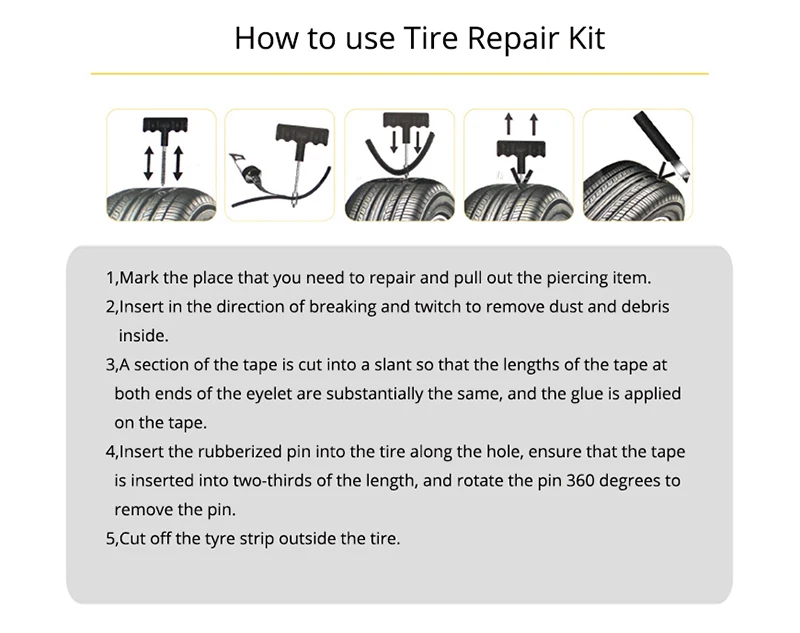 Next, you need to spin the wheel and pump it up. After repair, the car should be driven a couple of hundred meters to check the tightness of the tire. If it has not recovered, the procedure is repeated. nine0003
Next, you need to spin the wheel and pump it up. After repair, the car should be driven a couple of hundred meters to check the tightness of the tire. If it has not recovered, the procedure is repeated. nine0003
It happens that a self-tapping screw or a nail closes the hole in the tire, remaining inside. Do not rush to pull it out - until the pressure drops, you can safely get to the service for vulcanization. Sometimes the wheel begins to blow off a few weeks after the self-tapping screw got into it. Therefore, it is better to check tire pressure periodically, and if the pressure sensor lights up, you should at least visually inspect the tire for a nail head.
A bump or bulge most often occurs on the side of a tire after hitting an obstacle or hitting a hole at speed. From the impact, the sidewall carcass threads are damaged, the tire ceases to hold the load and pressure, swelling appears. Any small bump eventually turns into a larger one, and with such a defect, the wheel can burst at any time.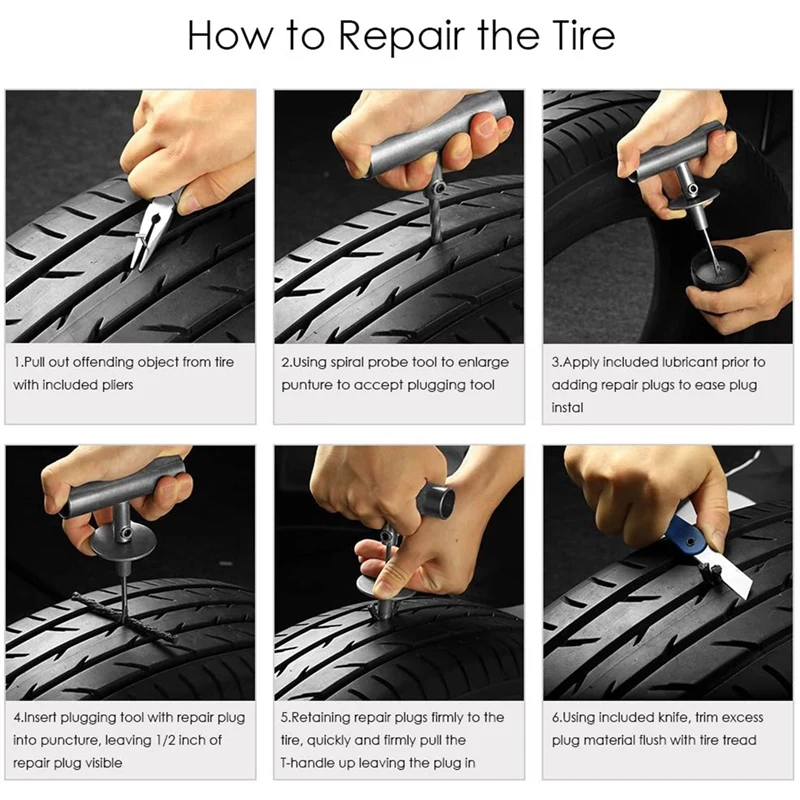 This is a direct safety hazard because a sudden flat tire can cause loss of control and a road accident. nine0003
This is a direct safety hazard because a sudden flat tire can cause loss of control and a road accident. nine0003
Some bulges can be repaired, but no patch will ever restore a tire to factory stiffness. The ideal option in this case is to replace the tire. If a hernia has appeared on the tread, then you can extend the life of the tire with the help of cord patches - ready-to-use patches with an adhesive layer. But if swelling is found on the sidewall, the likelihood of repair is minimal, the wheel is easier to change. Blisters on low profile tires are generally not repairable.
Only car service professionals can repair a side cut. Cord patches will be needed to repair the damage, but after some time the wheel will still have to be changed. This method will work only if the gap is not in the shoulder area of the tire, then no one will repair it. nine0003
In general, cuts or punctures, unlike punctures, are considered non-repairable, since the integrity of the frame is violated. And breakdowns do occur on the go, when the tire abruptly loses pressure and has time to make only a few turns “on the rims” before it comes to a complete stop. In this situation, the cord breaks and the layers of the tire are destroyed. Even if it is possible to close the hole, it is not recommended to use such a weakened tire.
And breakdowns do occur on the go, when the tire abruptly loses pressure and has time to make only a few turns “on the rims” before it comes to a complete stop. In this situation, the cord breaks and the layers of the tire are destroyed. Even if it is possible to close the hole, it is not recommended to use such a weakened tire.
Photo: Mikhail Pletsky / Russian Look
Cracks, sidewall abrasions and unprofessional tire fitting can also lead to tire problems. Cracks can occur as a result of improper storage of tires. Their danger is that moisture begins to flow to the cord, and this already renders the frame unusable. Air can also escape through cracks. Cracks cannot be repaired and tires will not last long. A tire with cracks is deformed, blistered, and may even break while driving. nine0003
Rubbing against curbs or driving on uneven roadsides can damage the tire sidewall. When driving like this, it is worth inspecting the tires for damage regularly. If a slight wear is found, the wheels can be swapped, which will slightly extend their service life and allow you to delay the purchase of new ones.